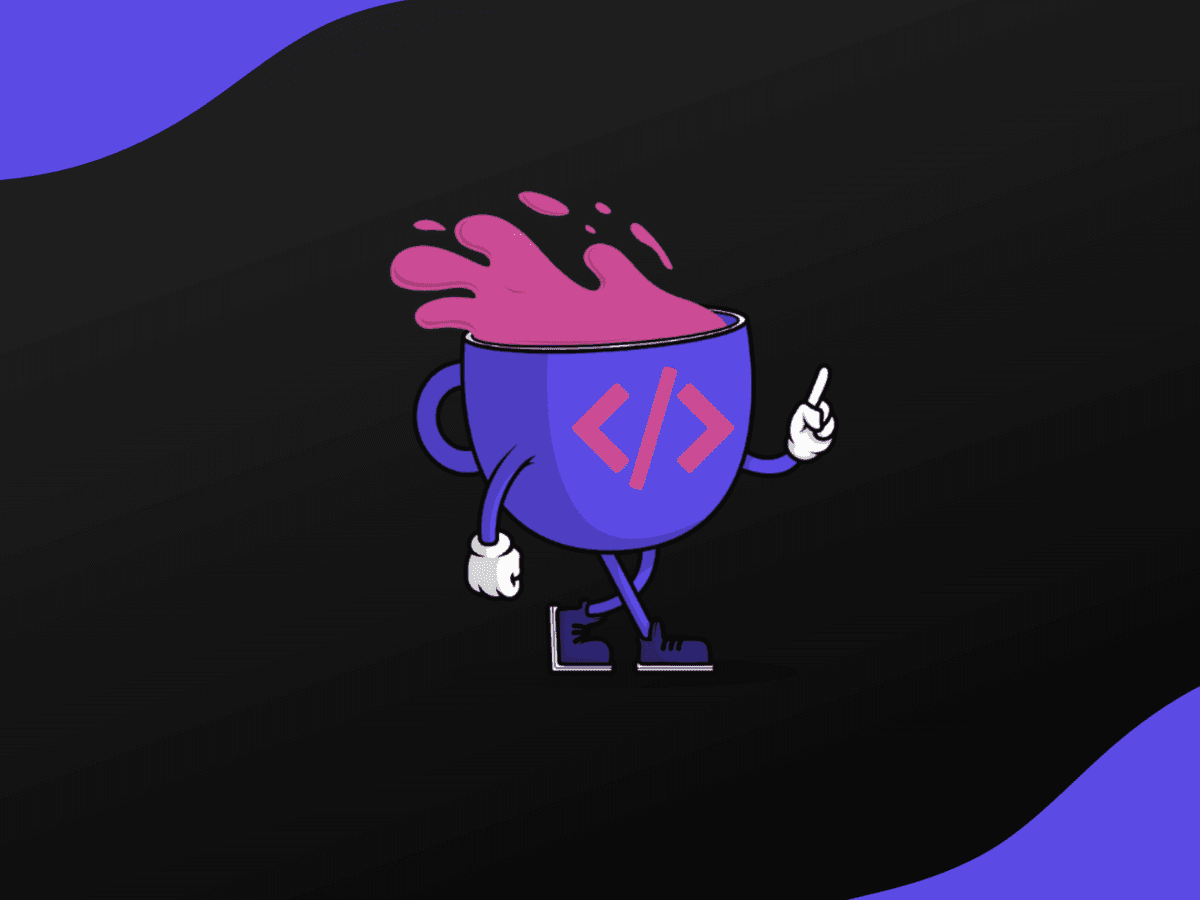Containerization in DevOps

- Understanding Containers
- Benefits of Containerization in DevOps
- Best Practices for Containerization in DevOps
- Conclusion
The world of DevOps is quickly evolving, and containerization is one of the latest trends that is transforming the way in which companies are developing, deploying, and managing applications. Containers offer a range of benefits, including scalability, portability, and speed. In this article, we will explore how containerization can enhance your DevOps strategy, and provide tips and best practices to help you get started.
Understanding Containers
Containers are lightweight, standalone executable packages that contain everything required to run an application, including code, libraries, system tools, and settings. Instead of running an application on a virtual machine, containers use the host operating system, making them more lightweight and efficient. This allows for faster deployment, easier scaling, and improved portability.
Benefits of Containerization in DevOps
- Scalability: Containers allow for easy and rapid scaling of applications. You can quickly spin up or down containers to match the demand of your application.
- Portability: Containers can run on any platform or infrastructure, making them highly portable. This means you can easily move containers between different environments and cloud providers.
- Speed: Containers offer fast boot times and rapid deployment, making them ideal for DevOps pipelines and continuous delivery.
- Consistency: Containers provide a consistent environment, reducing the risk of deployment issues caused by differences in infrastructure and configuration.
Best Practices for Containerization in DevOps
When implementing containerization in your DevOps strategy, keep the following best practices in mind:
- Use a container management platform: A container management platform, such as Kubernetes or Docker Swarm, can help you manage the lifecycle of your containers, including scaling, load balancing, and resource allocation.
- Build containers from scratch: Building containers from scratch can give you more control over the contents and configuration of your container, ensuring that it meets the exact requirements of your application.
- Keep containers small and focused: Smaller containers are easier to manage and deploy. Instead of creating large, monolithic containers, break them down into smaller, more focused containers that are easier to maintain.
- Stay up-to-date: Ensure that you keep your container images up-to-date to avoid security vulnerabilities and compatibility issues.
- Integrate with your CI/CD pipeline: Containerization is a key component of a modern CI/CD pipeline. Integrate containers into your pipeline to enable rapid, continuous delivery.
Conclusion
Containerization is rapidly gaining popularity in DevOps because of its many benefits, including scalability, portability, and speed. By adopting best practices for containerization, you can improve your DevOps strategy and deliver applications faster and more reliably. So, consider implementing containerization in your DevOps pipeline today and see the benefits for yourself!
Stay Ahead with Code highlights
Join our community of forward-thinkers and innovators. Subscribe to get the latest updates on courses, exclusive insights, and tips from industry experts directly to your inbox.

Related articles
8 Articles

Copyright © Code Highlights 2025.
